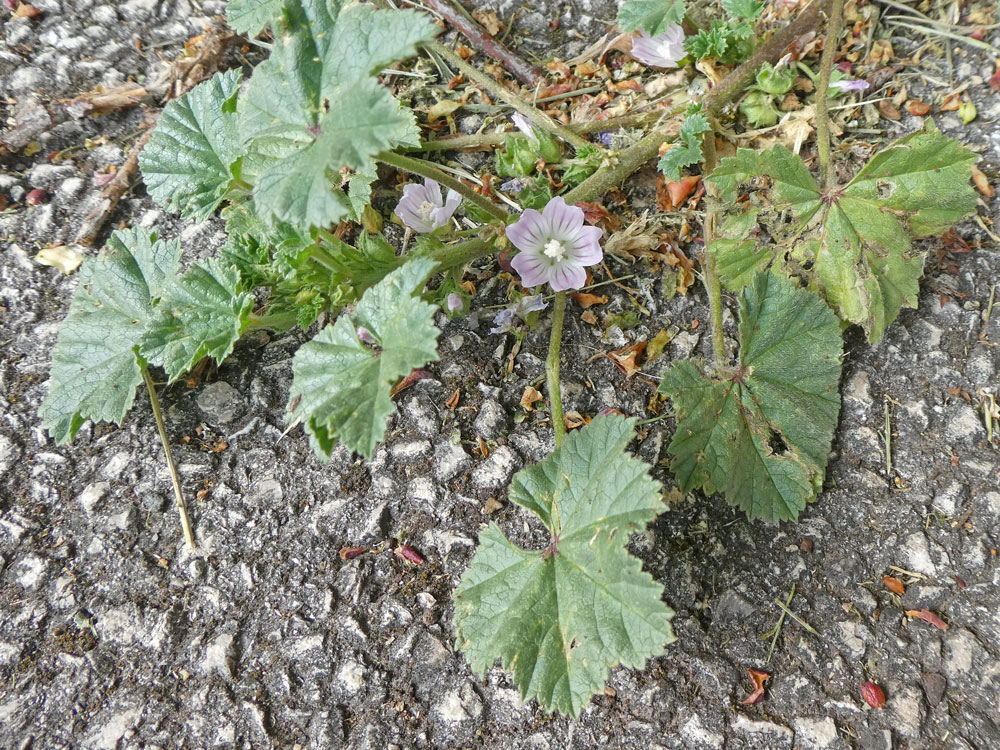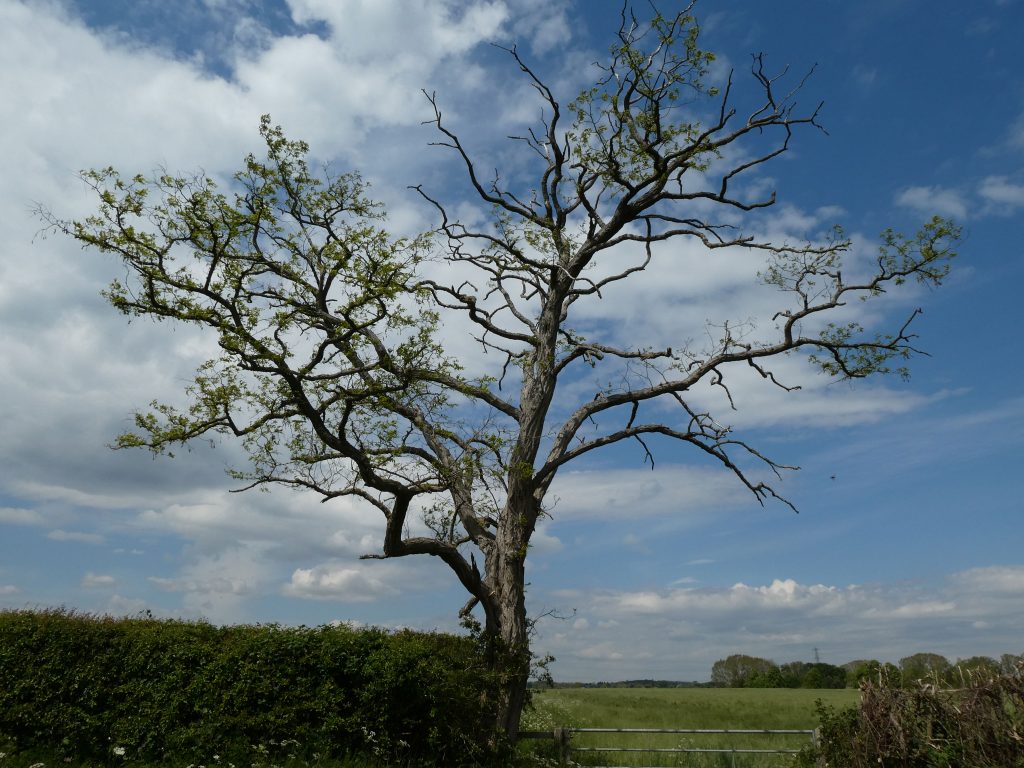HAWKSWORTH + DCW
A cloudy and decidedly chilly start melted into a warm and breezy afternoon in deepest Vale of Belvoir for another day of filling in gaps in the national atlas. Several target species, specifically missing woodland and wetland plants were the order of the day. However the only woodland we could access had a ground storey totally dominated by what my kids call stickyweed (Galium aparine) and the Carr Dyke produced only Fool’s Watercress Apium nodiflorum Watercress Nasturtium officinale agg. and Water Starwort Calliriche agg.
However, as always with Dave at the helm, there was loads to see and learn and I brushed up on the elms.

The leaves of this hybrid are too small for Wych Elm U. glabra (and the petioles are exposed) and too oblong for English Elm U. procera. Also they were slightly rough to the touch. What I can’t describe is thirty odd years of devoted experience that went into the assessment and the indescribable jizz which that allows.
The gall mite Aceria campestricola is to blame for the pimples. It’s an odd name for something that doesn’t seem to turn up on Field Maple Acer campestre but interestingly, it doesn’t seem to occur on Wych Elm either.(Chinery 2011, Britain’s Plant Galls, WildGuides).
Perhaps because of its name Malva neglecta, I make some effort to find Dwarf Mallow as it seems sad that it is neglected. However Dave beat me to it today after much of the day and then we found loads of it about a metre from where we’d parked the car.

Plant of the day was Slender Trefoil Trifolium micranthum in a lawned verge in the village. Here it is with its larger cousin Lesser Trefoil Trifolium dubium.

This ancient tree is a False Acacia Robinia pseudoacacia in a roadside hedge – very odd!

Hawksworth sewage treatment works is a rotating biological contactor with open access on the occasion of our visit (the gate had fallen down) and has quite a rich flora within its compound including Hoary Plantain Plantago media.

One Little Egret a few common butterflies, two Blue Tit nests (one found by a passing South African ornithologist) and a few unidentified flitting moths just about sums up the incidental sightings.